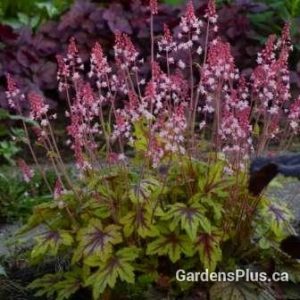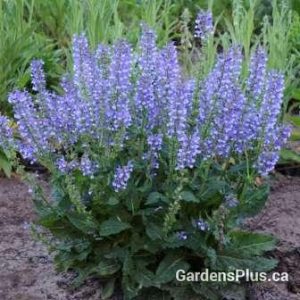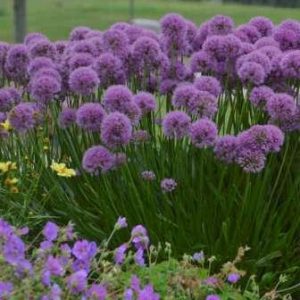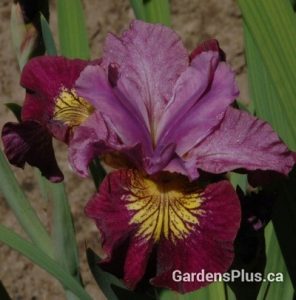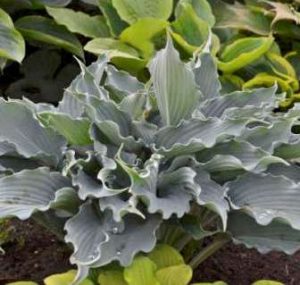-Avant-Garden Shop
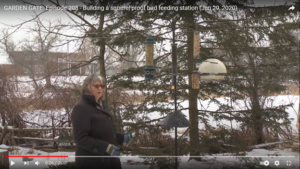 Two recent Garden Gate episodes were filmed in my backyard. The first is about setting up a squirrel-proof bird feeding station. It aired recently and is now on the Avant-Garden Shop’s YouTube channel. The second is about including trees and shrubs in your landscaping plans to attract birds and provide shelter.
Two recent Garden Gate episodes were filmed in my backyard. The first is about setting up a squirrel-proof bird feeding station. It aired recently and is now on the Avant-Garden Shop’s YouTube channel. The second is about including trees and shrubs in your landscaping plans to attract birds and provide shelter.
It may seem early to plan your garden, but planning can be a fun project, and seed suppliers are advising to order soon, based on the increased demand last year. There are several things you can do when planning your garden to attract and support a variety of species.
Habitat features
At the most basic level, each species needs, food, water, and shelter for hiding and sleeping. A yard that provides all these elements will likely be used by more birds. Each bird species has specific habitat requirements, but a few general principles will help you attract more of them.
Diversity
Some birds feed and nest in trees, others prefer shrubs, and other spend most time on the ground. The more diverse the habitat in your yard, the more bird species are likely to use it. There are two dimensions to consider when aiming to diversify your landscape: structural and species.
Creating three-dimensional variety in vertical and horizontal structure will attract more bird species. For example, having plants under shrubs under trees at the edge of a large open lawn will attract fewer species than having some shrubs under some trees here, some trees without shrubs there, some shrubs without trees there, and some open space.
In the same way, different tree, plant, and shrub species will meet different species’ needs, so a greater diversity of plant species will attract more bird species. For example, White-breasted nuthatches are associated with older deciduous trees, whereas Red-breasted Nuthatches prefer conifers. When choosing plants, try to choose native species over non-native varietals.
Food and water
Some birds eat insects, others seeds, others berries, and others are omnivorous. Structural and species diversity in your plants will provide more habitat for not only birds, but also for the insects, seeds, and berries that support them. Cool fact: native plant species (e.g., Sugar Maple) support a greater diversity of insects than do their non-native counterparts (e.g., Norway Maple). Keep that in mind when selecting your trees, shrubs, and plants, and consider dogwood, birch, spruce, pine, cedar, elderberry, serviceberry, and grape to support birds.
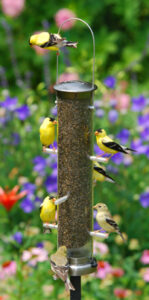 Leaving seed heads on plants not only simplifies your autumn gardening efforts but also provides food for birds to eat through the winter. Purple coneflower and Brown-eyed Susan are especially popular. Many birds also eat the seeds of conifers, such as spruce and pine.
Leaving seed heads on plants not only simplifies your autumn gardening efforts but also provides food for birds to eat through the winter. Purple coneflower and Brown-eyed Susan are especially popular. Many birds also eat the seeds of conifers, such as spruce and pine.
Even a dead tree can provide wonderful habitat. If you have a tree die, rather than having it removed completely, consider having it limbed for safety but leaving the trunk behind. As it decays, the insects in it will feed woodpeckers, who might even choose to nest in it. Similarly, a pile of brush from tree and shrub trimming can provide shelter and nesting opportunities for species such as Song Sparrows.
Adding a water feature, such has a bird bath or small pond, will also attract birds, especially during a hot, dry summer spell.
Back to basics
Other ways to help the birds include avoiding pesticides and keeping cats indoors or contained if outdoors (outdoor cats are among the greatest causes of bird mortality).
There’s a lot to consider there, but it boils down to planting a variety of plant, shrub, and tree species in a variety of spatial arrangements. Adding a water feature and setting up a feeding station will enhance the quality of the habitat and attract more species. Enjoy!
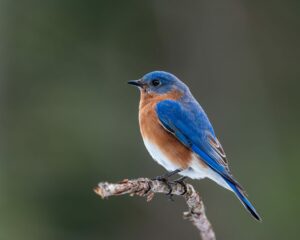 Spring migration amps up in April
Spring migration amps up in April
 Two recent Garden Gate episodes were filmed in my backyard. The first is about setting up a squirrel-proof bird feeding station. It aired recently and is now on the
Two recent Garden Gate episodes were filmed in my backyard. The first is about setting up a squirrel-proof bird feeding station. It aired recently and is now on the Leaving seed heads on plants not only simplifies your autumn gardening efforts but also provides food for birds to eat through the winter. Purple coneflower and Brown-eyed Susan are especially popular. Many birds also eat the seeds of conifers, such as spruce and pine.
Leaving seed heads on plants not only simplifies your autumn gardening efforts but also provides food for birds to eat through the winter. Purple coneflower and Brown-eyed Susan are especially popular. Many birds also eat the seeds of conifers, such as spruce and pine.

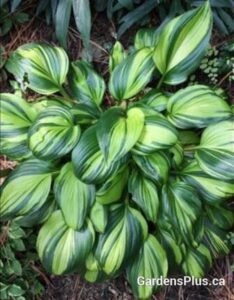 Now for Part sun/shade try; Some of the colourful even eye popping Hosta? Hosta of the Year 2020 the Gold ‘Dancing Queen’, Hosta of the year 2021 ‘Rainbows End’ 10” high This Hans Hansen sport of ‘Obsession’ boasts very thick, glossy, canoe-shaped leaves with bright golden centers, surrounded by a wide, green-black border. Blooms dark lavender on short red-purple spikes. When you see thick leaves keep in mind this also means slug resistance. Also another great blue besides the most common and wonderful ‘Halcyon’ is 14” high ‘Blueberry Muffin’ Large blue rounded leaves are rugose and puckered in unusual patterns. Attractive light mauve speckles appear on the petioles. To add more pops of interest add Coral bells like ‘Toffee Tart’ and ‘Timeless Night’. Ferns are great for adding texture. Like Proven Winners how about their first ever perennial fern added to the line up! Looks similar to Japanese Painted Fern, but the tips of the fronds are double crested ‘Crested Surf’. Taller and faster grower as well. Perfect for the damp and shady spot of the garden. With just a bit more consideration in your choices this season and looking beyond the blooms you can be the envy of your neighborhood this season with way less effort.
Now for Part sun/shade try; Some of the colourful even eye popping Hosta? Hosta of the Year 2020 the Gold ‘Dancing Queen’, Hosta of the year 2021 ‘Rainbows End’ 10” high This Hans Hansen sport of ‘Obsession’ boasts very thick, glossy, canoe-shaped leaves with bright golden centers, surrounded by a wide, green-black border. Blooms dark lavender on short red-purple spikes. When you see thick leaves keep in mind this also means slug resistance. Also another great blue besides the most common and wonderful ‘Halcyon’ is 14” high ‘Blueberry Muffin’ Large blue rounded leaves are rugose and puckered in unusual patterns. Attractive light mauve speckles appear on the petioles. To add more pops of interest add Coral bells like ‘Toffee Tart’ and ‘Timeless Night’. Ferns are great for adding texture. Like Proven Winners how about their first ever perennial fern added to the line up! Looks similar to Japanese Painted Fern, but the tips of the fronds are double crested ‘Crested Surf’. Taller and faster grower as well. Perfect for the damp and shady spot of the garden. With just a bit more consideration in your choices this season and looking beyond the blooms you can be the envy of your neighborhood this season with way less effort.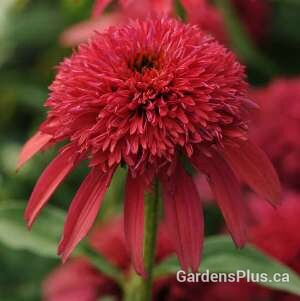
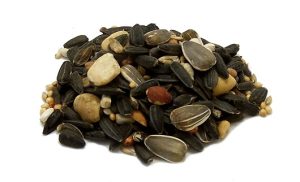
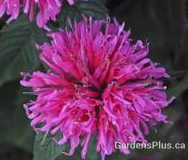 How about a plant that can take full sun or part shade as well? Oh my we are so excited to add 6 more varieties of Monarda/Bee Balm to our Easy care perennial list.
How about a plant that can take full sun or part shade as well? Oh my we are so excited to add 6 more varieties of Monarda/Bee Balm to our Easy care perennial list.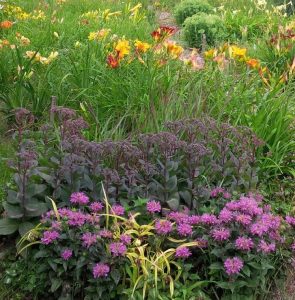
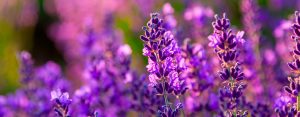 By Brenda Ibey, The Avant-Garden Shop
By Brenda Ibey, The Avant-Garden Shop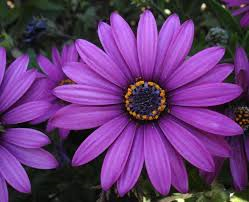
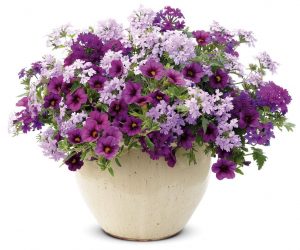
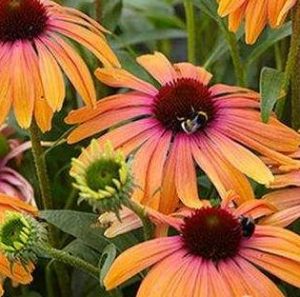 Wow! What happened to spring? It seems like we’ve gone from a long cold winter into summer with 25C+ temps! This makes things super busy at all the Garden Route businesses.
Wow! What happened to spring? It seems like we’ve gone from a long cold winter into summer with 25C+ temps! This makes things super busy at all the Garden Route businesses.

